As the others have said, it's most likely about dissipation and pulse power.
But there is also cost.
If you already have a reel of 10R chip resistors of one value loaded on the pick and place machine, and you need a 20R resistor, or a 10R resistor with 4x the power handling... then yeah, you could add one BOM item with a larger, higher power resistor. It is likely to be cheaper than 2 or 4 smaller resistors. But if you only need one per board, is it worth it? There will be extra stocking and handling fees for that extra reel, and that will probably offset the cost savings.
And if all the slots on your pick and place machine are already occupied, then it becomes a lot more expensive: the machine has to process all the boards, then someone has to come in, remove one reel, put the new reel in, and set everything up to make the whole stack of boards go through the machine again. All this just to place one resistor... no way. The 10R reel is already on the machine, if you need more power handling, it's cheaper to just use more resistors out of it.
In fact, even in a hobby project, when you solder your board, if it takes 2 minutes to grab the bag of 10R 0.5W resistors, pick one, then solder it, put the bag back in storage... while you already have 10R 0.125W resistors on your board, so the bag of those is already out... not to mention ordering the larger resistors, keeping them in your stock, not getting quantity discount cause you only buy a few, etc... the 4 resistors also make sense in this case.
